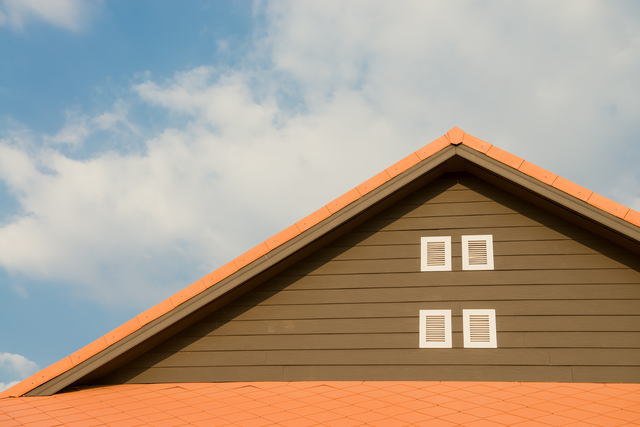Investing in a roof is a significant expense that provides both functional and aesthetic benefits to your home. Most roofing materials have an average lifespan of 20 to 30 years when properly maintained. However, factors such as choosing the wrong material, poor installation, or neglecting routine maintenance can drastically reduce this lifespan. Proper care and regular upkeep are essential to safeguard your home, protect your investment, and enhance safety. In this guide, we’ll explore eight effective tips to help you maintain your roof, preventing premature damage and extending its durability for years to come.
1. Ensure That Your Gutters Are in Good Condition
Cleaning and maintaining your rainwater gutter system is crucial not only for the curb appeal of your home but also to protect it from severe water damage. Organic debris like leaves, twigs, and bird nests can accumulate and cause blockages, leading to water pooling and damage to your gutters’ structure. Blocked gutters may also result in leaks inside your home.
To maintain optimal gutter performance, clean out debris during peak seasons such as autumn or nesting periods. Regularly inspect and clear any blockages to ensure proper water flow. Consider upgrading to zinc or copper gutters, which boast lifespans of up to 100 years. These materials resist algae and fungus growth, prevent debris adhesion, and are fully recyclable, ensuring long-lasting protection and aesthetic appeal for your roof.
2. Use High-Quality Roofing Materials for Repairs
When repairing your roof, it is essential to use high-quality roofing materials to ensure durability and longevity. Roofing materials generally fall into two categories: temporary and permanent. Temporary materials, such as grass or foam, offer short-term solutions, whereas permanent materials provide extended protection with minimal maintenance.
Selecting premium-quality, long-lasting materials for repairs not only enhances the roof’s performance but also extends its overall lifespan, saving you time and money on future fixes.
3. Ensure Proper Pruning of Nearby Trees
Properly pruning trees surrounding your home is a key measure to protect your roof from damage. During strong winds or storms, overhanging branches may scrape your roof, causing harm to shingles, skylights, or chimneys.
Maintaining well-trimmed trees, especially branches near your roof, reduces the risk of physical damage. This precaution is beneficial regardless of your roof material and significantly contributes to prolonging the roof’s lifespan by minimizing wear and tear.
4. Keep Your Roof Clean from Moss and Debris
Regularly removing moss, dirt, and grime helps prevent roof deterioration. However, it’s important to clean your roof correctly. Avoid using pressure washers, as they can damage roofing tiles and cause water intrusion.
If you prefer a DIY approach, try mixing one gallon of water with 450 grams of salt, one tablespoon of vinegar, and a small amount of soap. Apply this solution evenly to affected areas using a garden sprayer and let it sit for a few days before rinsing off with water and gently removing the moss. Repeat as needed. This homemade solution is eco-friendly and less harmful to your garden compared to commercial chemical cleaners.
Roofs are vital to the daily functioning of homes and buildings, so taking proactive steps to extend their life is crucial. The tips provided in this guide will help you maintain your roof effectively and avoid costly repairs in the future.
Additionally, if you want to learn more about Roofing Repair Services , please visit our Decoration Interior Design category for more insights and expert advice.
In addition to these maintenance tips, it’s important to schedule professional roof inspections every 2 to 3 years. Certified roofing specialists can identify hidden problems such as damaged underlayment, subtle leaks, or structural weaknesses before they escalate into costly repairs. Furthermore, investing in advanced protective coatings and sealants can enhance your roof’s resistance against UV rays, extreme weather conditions, and mold growth. Staying proactive with regular maintenance and leveraging the latest roofing technologies will ensure your roof remains robust, energy-efficient, and visually appealing for decades.

























